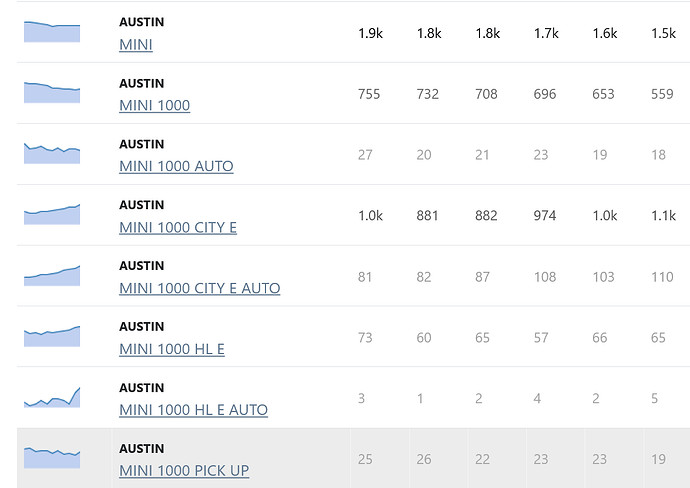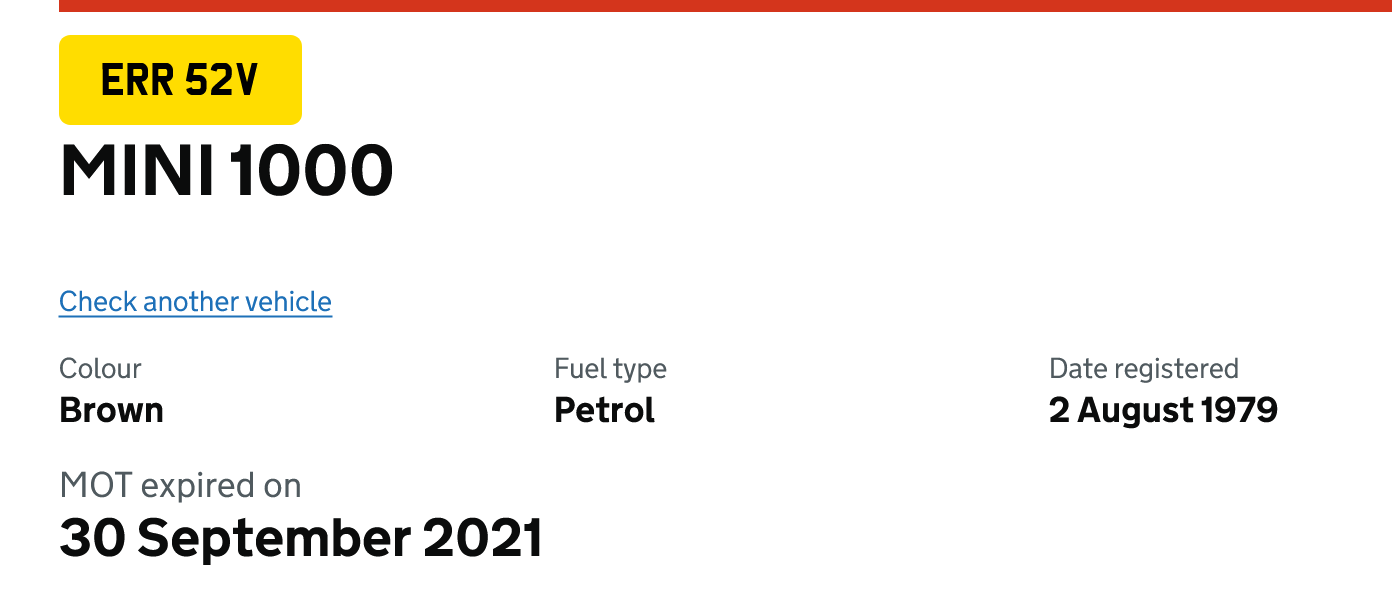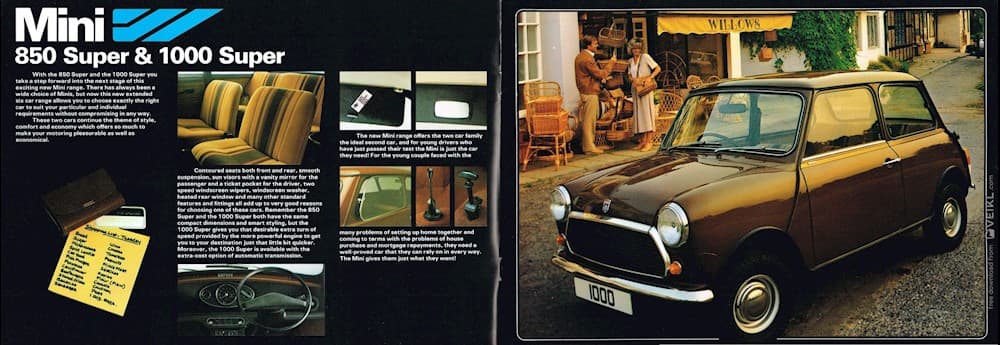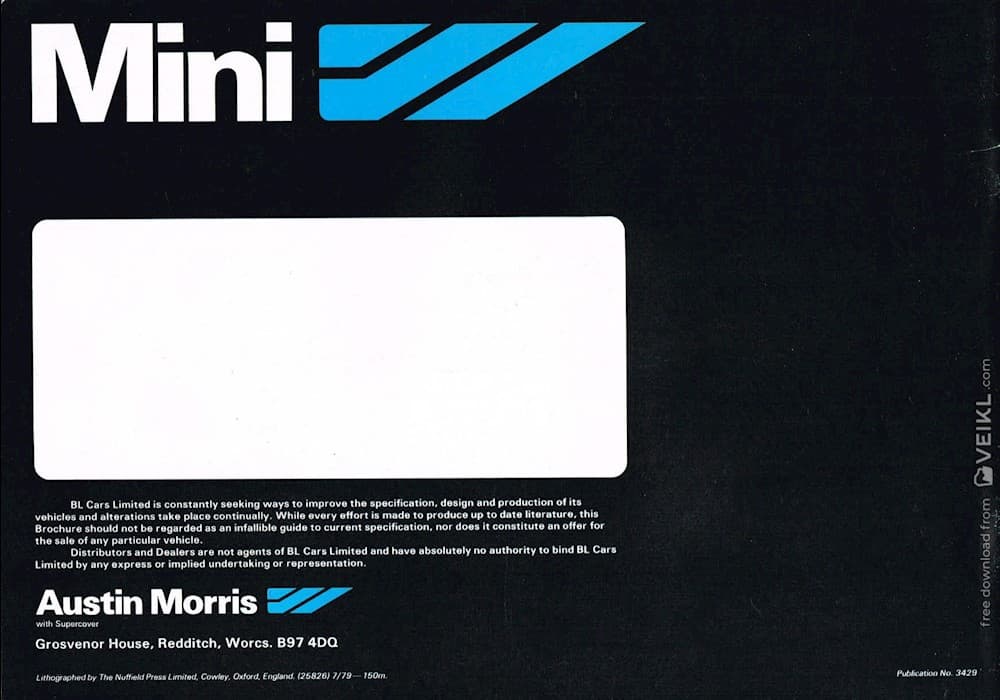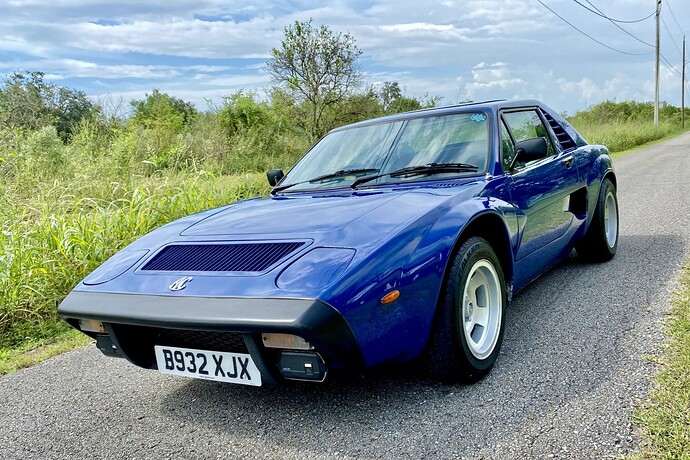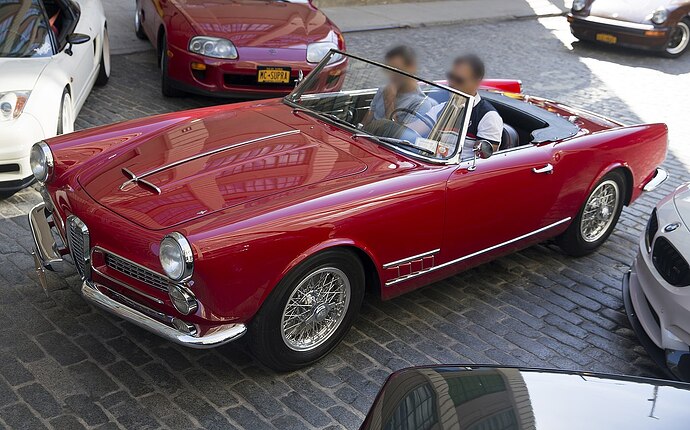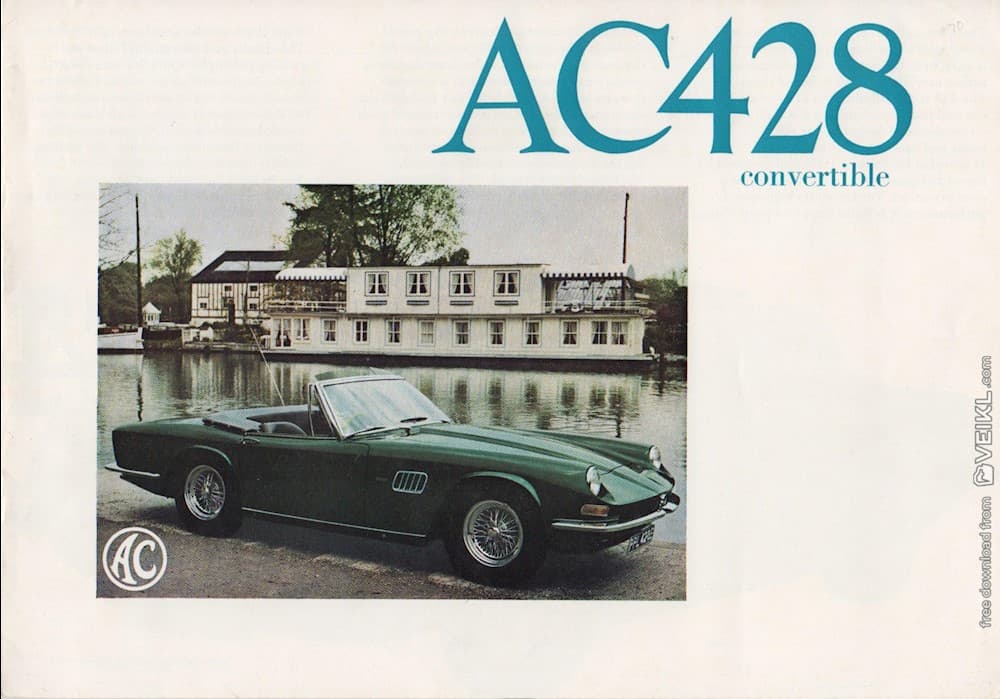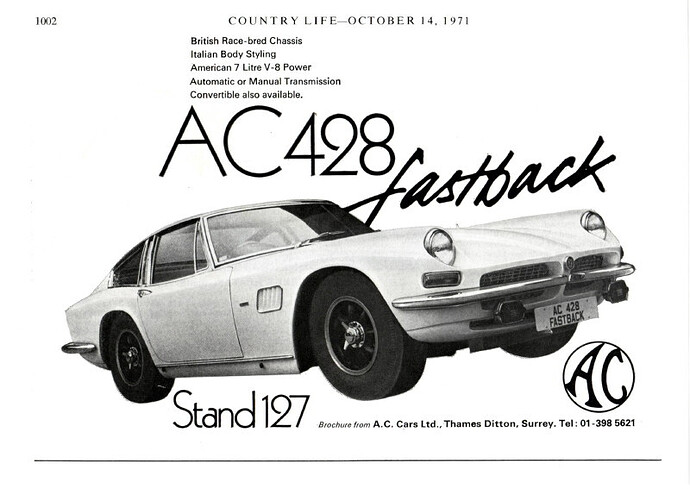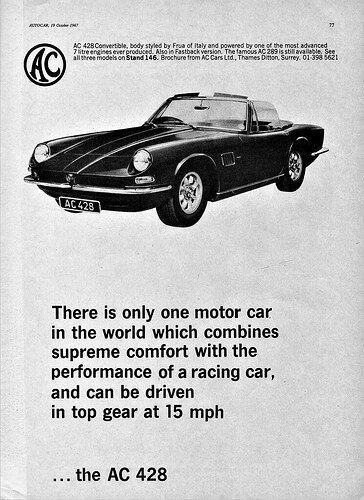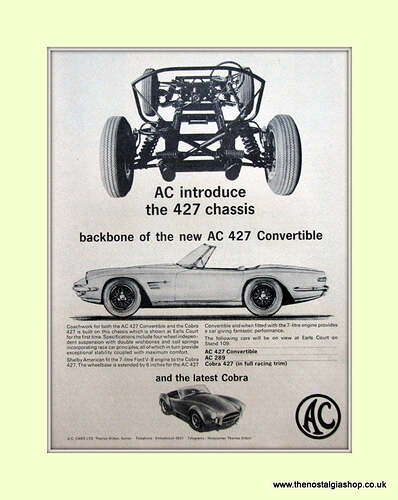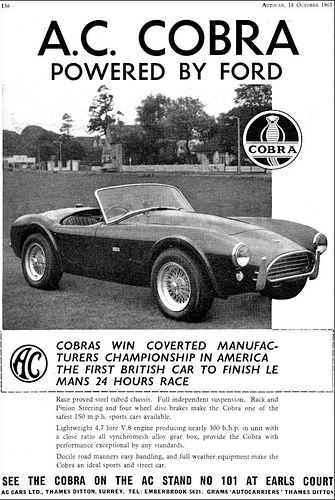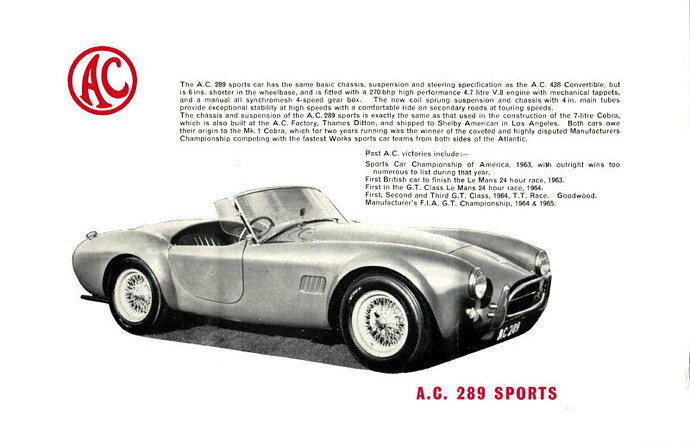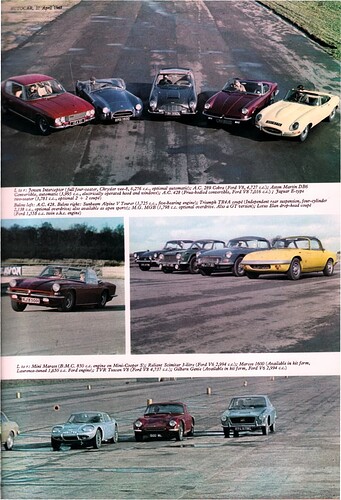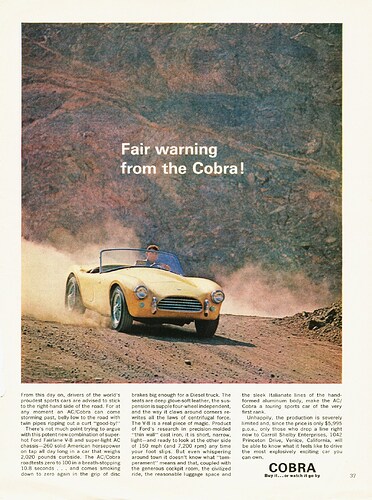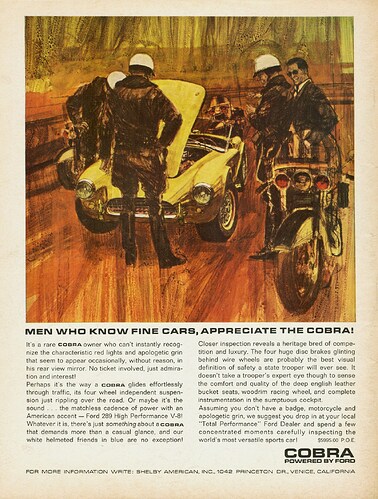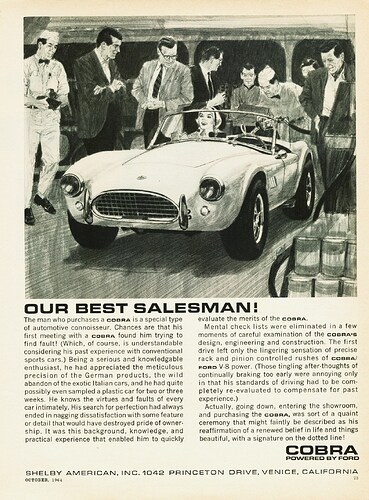Hmm. Interesting thread - how about the Mini 1275 GT ?
Fiat were very good at this:
500, 600, 700, 750, 800, 850, 900, 1000, 1100, 1200, 1300, 1400, 1500, 1600,
1800,1900
Then we had Simca-------
![]()
I thought of the Mini range but they were always Austin, Morris, British Leyland and in the end Rover so may not count as they were a model (Mini) after the manufacture not just a number.
![]()
Of course the current Fiat 500 is a nonsense name, given the 1.4 engine
Then Fiat Cinquecento (“500”) got closer and the base domestic model used a 700cc I2 from a sewing machine. Fiat kept up the joke with the Seicento (“500”) which had a 900cc Singer motor.

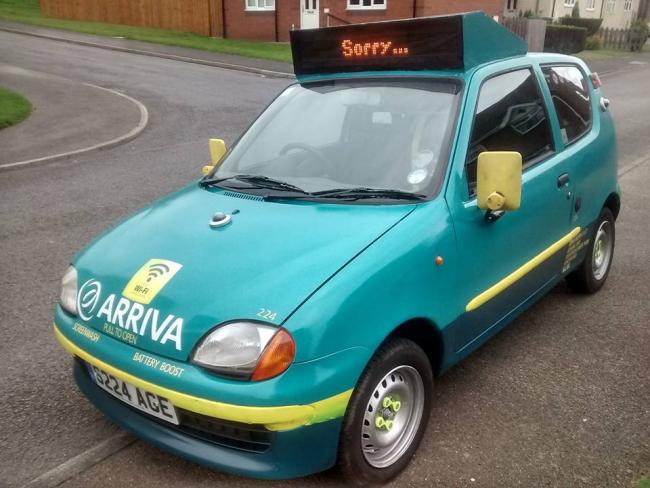
What about the 1275GT?
It is a good question so if anyone who sees this has access to a log book for a Mini Clubman 1275GT could they pop a picture up on here.
I think they were British Leyland throughout 1275GT production so does it say BL Mini 1275GT or just Mini1275GT and does Clubman appear at all. Some early ones could be Austin Mini 1275GT.
I know that our Mini is a Rover Mini Italian Job.
Over to the power of the internet on this one.
![]()
Just looked for a few images on Google to get suitable registrations and checked on DVLA MOT website
1275GT comes up as - AUSTIN MORRIS MINI 1275 GT
Standard Mini comes up as - MINI 1000
Mini Mayfair though returns - AUSTIN MINI MAYFAIR
1.3 Escort Mk2 returns - FORD ESCORT
RS2000 Escort Mk2 returns - FORD ESCORT
So it looks as if a Mini that isn’t a special edition does indeed have the engine size as part of the officially registered model name.
Anyone who owns a Eunos Roadster knows the garbage that is often used to denote their cars on a log book
Howmanyleft is pulling DVLA data
3 1979 Austin Mini 1000s ov V-regs
Dealers were registering the cars, over the years log books get reissued, details change, vary.
1979-80 brochure
And the back page
Various Datsuns; 1000, 1200
So Mini numbering nomenclature does not count. Mini in classic form was never the ‘manufacturer’ of the vehicles. Good work that man.
![]()
Now ACs, was it the AC Cobra 427 or the AC 427 Cobra. DVLA is hopeless in this regard
AC 428 Frua
Interestingly, the reference to the AC 289. The Cobra at the time was US only.
The AC started as the Ace, then got American power, became the Cobra Mk1. Then is became the 289 Sports… Or was it the 289 Cobra?
(289 of courlse references the engine size in CI)
I’m looking at the 289 Sports, and it seems to have bulgy Cobra arches.
And don’t forget the rare 260 Cobra , one of which Elvis drove in Viva Las Vegas. I met the chap who owns this car now at Shelsley Walsh - like most real Cobra owners he is beset by people asking which kit it is . Enough of fake snakes , I loved the svelte hips of the Ace/289 but the 427 looked increasingly absurd with its bloated arches.
So that was called the AC 260 Cobra, even though other US market cars were called Shelby Cobra (engine size). If the latter, then it doesn’t belong in the thread.
My information is that this car was known as the Shelby Cobra Mk1 260, not the AC 260 Cobra, so it is out of scope. This thread is about cars named only by their engine size; its not a thread on Cobras per se.
Note the ads, “AC” is an afterthought, with one ad offering it as an alternate name
AC not even mentioned
And example (no mention of AC) of “427 Cobra” not “Cobra 427”
Must admit when I started this thread I was talking about cc not cubic inches or centilitres, but great to see how it’s developed!
I guess I will have to crave forgiveness for deviating very slightly off the thread 's topic. Y’know, like conversations IRL do…
I forgive you, but try not to do it again or else!!!
![]()
CI or Liters? Why?
I read that older US motors have non-metric bore and stroke, and so naturally, capacity was measured in CI (the GM 5.7 V8 is a true metric engine).
I read that original Bentley 3.0 Litre was an ex-Mercedes design, so it sort of made sense that was a metric engine. But other pre-WW2 British cars were marketed with metric capacities, such as Aston Martin. So I thought maybe it was to do with RAC racing classes.
And then post war, British cars were generally marketed with metric capacities. So I thought maybe this was to do with export marketing; the post-war British car industry was driven with mainly an export market in mind (export or die), in order to secure rationed supplied from government.
But then I see the BMC 1.2 was a metric engine, with 65.5mm (2.58 inch) and stroke 89mm (3.5 inch). But the later 1.5 became non-metric (73.03mm Bore). Very confusing. They had a mix of vernier calipers.
WO Bentley stuck to metric in his engines. The 3.0L was 80mm bore, 149mm stroke. The 4.5 was 100mm bore, 140mm stroke. The 6.5 had a 100mm bore and a 140mm stroke. The 8 liter was 110mm Bore, 140mm Stroke.
Rolls Royce engines have always been Imperial.
Pre-war Morris engines were metric. Austin had screwing measurements, neither one thing or the other, arising because also though used Imperial, they used SAE bolt heads.
I’m wondering about this thing about Imperial v Metric. Its clearly not because of modernity. I wonder if its about who the tool makers were, and that companies were buying either German (metric) tools or American tools (non-metric).
